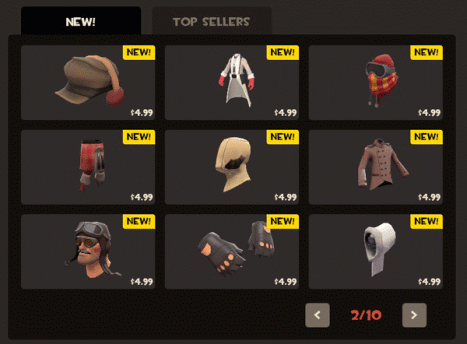
Virtually every store in the world has at least one or two items that are marked with a price ending in .99. The .99 ending phenomenon has revolutionized pricing and sales around the world though customers don’t always know why products are priced as such and how does it benefit retailers.
The alphabetical reason
Western alphabet is read from the left to the right. This means that we read prices from the left to the right as well. Thanks to the way we are taught to read mathematical terms, we tend not to pay too much attention to items placed after the decimal point especially in pricing.
The psychological reason
The .99 ending of product prices is also known as psychological pricing. What this term means is that a shopper registers a price like $1.99 more like $1 instead of $2. Since we don’t really process the amount marked in cents, we think that a product is cheaper than it really is and this is a huge draw for shoppers.
.99-endings often denote sales and discounts
The .99 ending is also used to denote sales and discounts on products and it helps the shopper register a non-discounted product too as an on-sale item. Since retailers use it to denote discounts during sales, shoppers tend to associate it with lowered price even when sales aren’t on.
Sometimes the cents are printed much smaller
To heighten the effects of psychological pricing, sometimes retailers print the .99 cent ending of a price in much smaller print. This allows shoppers to only register the main amount and partially ignore the .99 cent price and buy higher quantities.
Most shoppers forgo up the change
If a shopper is told that the cash register does not have 1 cent to give back when an item with a price ending in .99 cents is processed at the till, they are most likely to forgo the change. For retailers, this can amount to a much higher sum in the long run. Even though it is an insignificant sum to pocket, it can still amount to hundreds of dollars in a year.